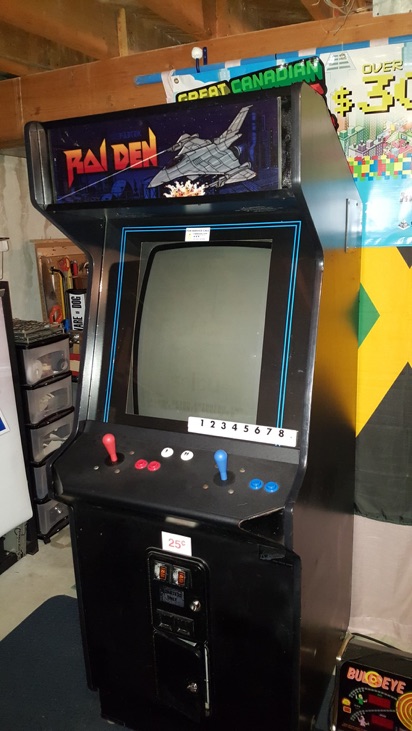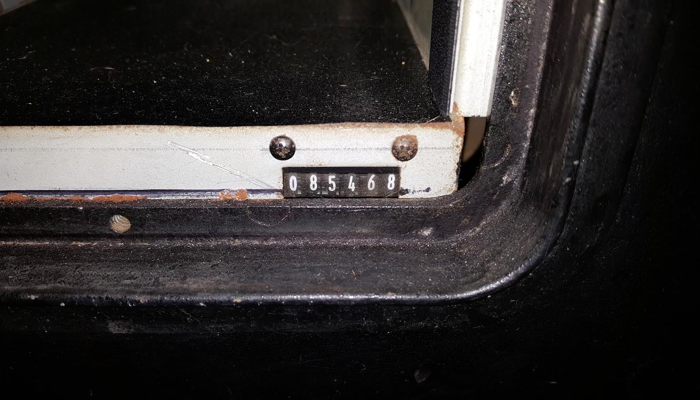Why you should buy an old arcade machine
Why on earth would anyone want to buy a video game the size of a refrigerator?!?
The simple answer: It’s the best bang for your buck!
Since the dawn of video games in the 1970s, video game makers have been all about making as much money as they can. Today, a game console will cost you about $500, and the games anywhere from $40-80 each on top of it. - if you go the Nintendo route, expect to sink just as much if not more. A gaming PC is even more expensive, and the games will run you even more than console games when you get hooked. Mobile gaming is somewhat inexpensive if you don’t mind seeing plenty of ads, and don’t spend money to unlock the cool features of each game (a marketing technique called micro-transactions). It’s big business, and you don’t get good gameplay value, even if you spend all day playing the games.
In the past decade, retro gaming has become much more popular, especially with younger generations that have limited money to spend. Used game stores are pretty much everywhere nowadays, and they focus on the Nintendo retro crowd - mostly NES, SNES and N64. After all, there were tons of games released for those consoles, and they are still fun today. The only problem is that, while retro gaming provides more gameplay for your buck than modern gaming, it’s still quite expensive. A retro console and 20 games will still run you roughly the same price as a brand new console (~$500) if you don’t buy the ultra R@RE and expensive titles.
Back in 2012, I was browsing a local classified ads website called Kijiji and noticed that a lot of people had old arcade machines for sale in working condition for around $200-400 depending on the game. I saw one I remembered playing a lot of back in the early 1990s called RAIDEN for $200 and jumped on it. Brought it home at midnight (with my cranky teenage daughter in tow) and played the crap out of it. I even sprung for new joysticks and artwork (about $100), bringing the grand total to $300. This is what it looks like today:

Now, arcades were just as much about making money as current games are. Instead of micro-transactions, we just pumped quarters into a coin slot ;-)
Each arcade game has a coin counter that increments when you insert another credit - this allowed arcade operators to verify how many quarters should be in the coin buckets. Most arcade games in the early 80s were owned by arcade operators and put on location at an arcade, convenience store, mall, bar, or pizza parlour. Operators typically split the earnings 50/50 with the location in return for having the location and electricity.
When I bought my RAIDEN cab, I recorded the number on the coin counter - it was 77,788.
What that means is that the cabinet potentially brought in $19,447 in quarters during its lifetime. Splitting that 50/50 with the location would result in about $9,723.50 for the arcade operator. Considering that the machine was probably purchased for about $2,500-$3,000, that’s a nice profit over its lifetime.
I’ve played a LOT of RAIDEN over the past 5 years. It’s a game that you can’t get tired of (it’s an arcade game, right?). And since I never put the game on the free play setting, I’ve had to manually press the credit button to insert credits before each game, and to continue my game when I die.
Today, the coin counter reads 85,468.

85,468 - 77,788 = 7,680, or $1,920 in quarters.
In other words, I just played $1,920 worth of RAIDEN games for free on an arcade cabinet that cost me $300 in total. By the end of the summer, that number will be over $2,000.
And the best part is that many arcade cabinets like mine have a standard connector (called a JAMMA connector), which allows me to take the original game board out and swap in a new one. And there are brand new game boards out there that have >900 arcades games on a single board for under $100.
So, if you want the absolute best bang for your buck when it comes to gaming, buy an old arcade machine!